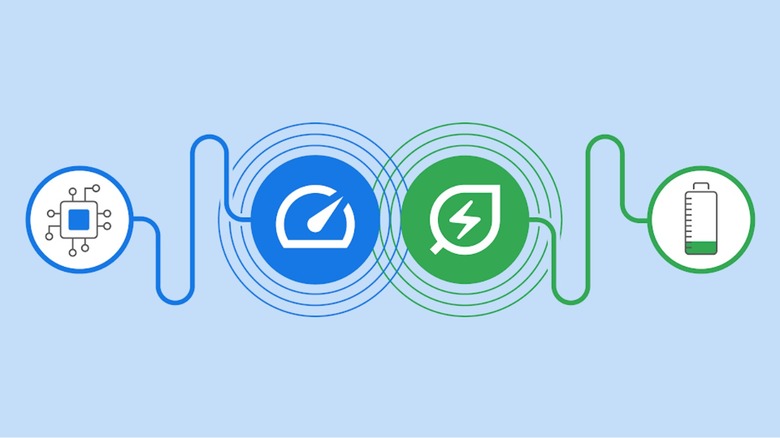Chrome For Desktops Adds Memory And Battery Saver Features
With over 2 billion users and close to 64% of the global browser market share, Google's Chrome is by far the most popular internet browser in the world, according to Backlinko. This immense popularity is despite its reputation as a memory hog and Google's data collection policies that some disagree with. Working from home and hybrid setups have meant that more users are working on laptops instead of desktops in an office, with Statista reporting that between 2019 and 2021 alone, laptop shipments increased by over 60%. Data from Keepios puts the average daily time spent on the internet for October 2022 at just over six hours a day per user, with search engines and web portals occupying 82.2% of that online time.
It's clear that a lot of people are using the best laptops to surf the web, and not only for entertainment purposes. This is not a surprising trend, but it does mean that browser developers have to prioritize battery life to a certain extent, and some have, with Microsoft adding an efficiency mode to Edge in October 2022 in order to extend battery life. Mozilla has also been tweaking its browser to consume less battery power, according to Omg! Ubuntu. Now, Google is making moves in a similar vein by introducing two features to make Chrome use less power and resources.
Chrome Memory Saver and Battery Saver reduce resource usage
On December 8, 2022, Google will start rolling out both Energy Saver and Memory Saver to its Chrome browser for Windows, macOS, and ChromeOS to improve user experience and reduce resource usage. Battery Saver aims to extend device battery life by reducing the resources a website requires when the device's battery is below 20%. The feature does this by culling some of the background tasks used by web pages, and by disabling some visual effects and animations. While real-world performance gains are yet to be seen, this should reduce the load on your device's CPU and GPU, reducing power draw.
Memory Saver addresses one of Chrome's biggest criticisms — its obsession with your device's RAM. RAM usage in browsers has crept up in recent years in the name of performance, and Memory Saver seeks to strike a balance between performance and RAM usage by putting pages to sleep when they're not actively being used. This makes more memory available for the active tab and any other programs you might be running alongside your browser.
Both features can be enabled or disabled by the user, and Chrome allows you to enable or disable Memory Saver on a per-site basis. Being able to customize Memory Saver like this is great if you only want to reference one page every once in a while and work on another one more consistently.

